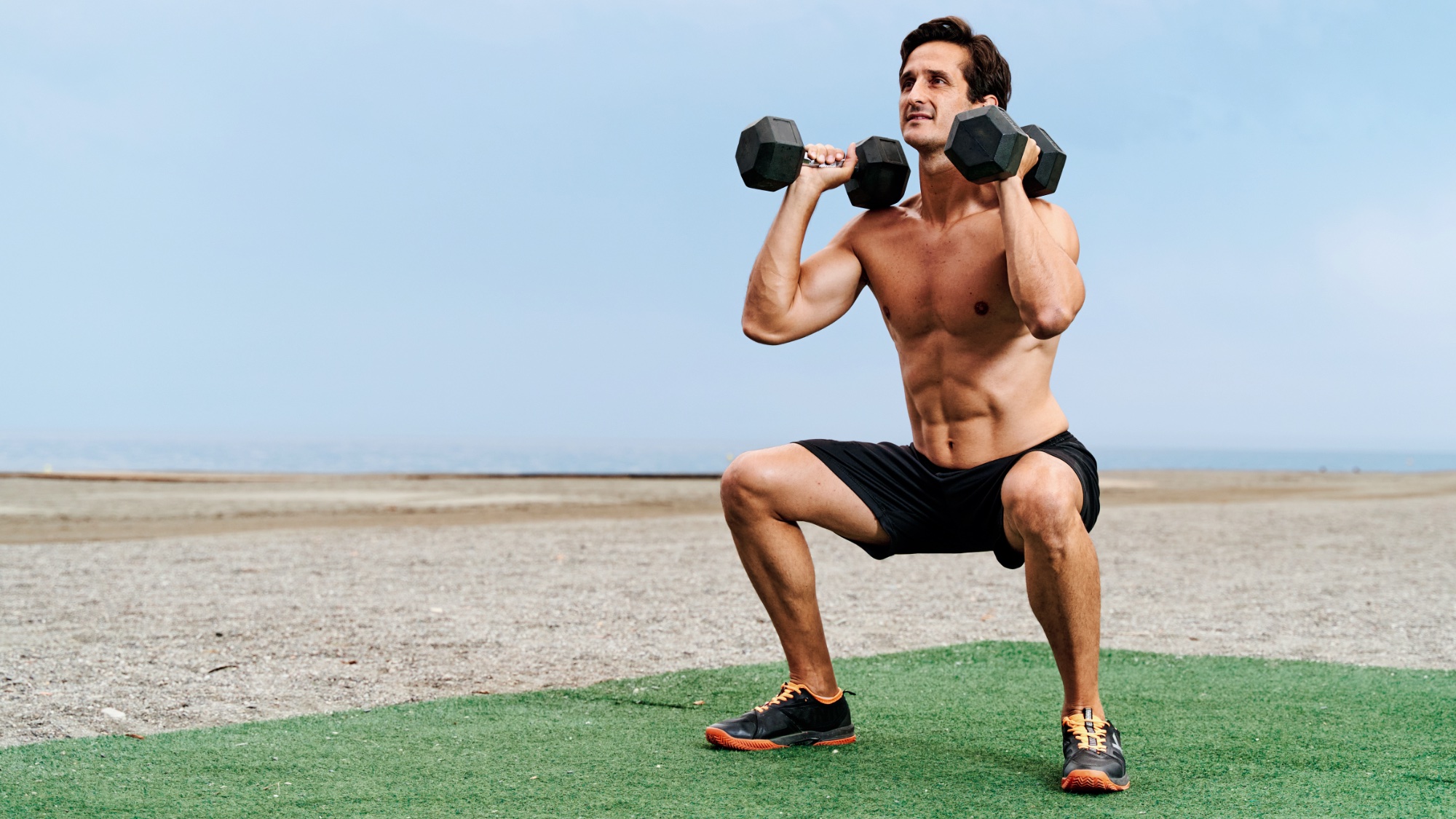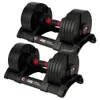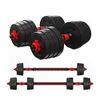Forget the gym — I’ve been using this 5-move dumbbell workout to grow muscle in my legs and glutes
No gym? No problem.

When I do a quick search for lower-body workout inspiration, it often leads to videos of people using the squat rack or large gym machines like the leg press, hip abduction machine, and so on. However, if you’re not much of a gym person, you can still build strength and muscle at home. You'll just need a pair of the best adjustable dumbbells.
This routine, created by fitness trainer Sandy Sklar, targets lower-body muscles, including the glutes, hamstrings, calves, quads, hip flexors, and even the core. It consists of just five exercises and three to four sets, depending on how challenging you want it to be.
Sklar advises taking little to no rest during the routine (thanks a bunch coach), but as tough as this may sound it increases metabolic stress, which according to scientific research is a good way to trigger muscle growth.
I love this workout because it requires minimal space, time and equipment, and I can do it from the comfort of my own home. But if I do make it to the gym, it’s also a great option when other equipment is in high demand. I can simply grab some dumbbells, stay in one spot, and still feel like I’ve had a solid lower-body strengthening session.
Watch Sandy Sklar's Lower Body Workout
A post shared by Sandy Sklar | Fitness Trainer (@sandysklarxfit)
A photo posted by on
- Romanian Deadlift x 10
- Romanian Deadlift to squat x 10
- Goblet pause squat x 10
- Alternating reverse lunge x 20 total
- Calf raise x 20
- Repeat for 3-4 sets
On lower-body training days, I try to incorporate a barbell when possible because it allows me to lift heavier weights, which is great for building overall strength and tackling compound movements like squats and deadlifts.
However, if you have a weaker side, a barbell can let your stronger side pick up the slack, meaning your weaker side might work as hard as it could be.
This is where dumbbells come in handy. Since each side of your body works independently with dumbbells, they can address muscle imbalances more effectively than a barbell can. To learn more about the pros and cons of each, you can read our explainer on barbells vs. dumbbells: which is better for building strength and muscle.
With dumbbells, you can also increase the weight and incorporate progressive overload into your strength training. I love how easy it is to either dial up the weight with adjustable dumbbells or, if using standard dumbbells, simply swap out for a heavier pair. Whereas, using larger gym equipment often requires much more setup and preparation.
Sign up to get the BEST of Tom's Guide direct to your inbox.
Get instant access to breaking news, the hottest reviews, great deals and helpful tips.
If you're newer to weight training and don't feel confident increasing the weight yet, you can still make significant progress. Focus on perfecting your form with each move, and consider incorporating time under tension (TUT). TUT refers to slowing down your reps to keep your muscles working for longer during each exercise and this helps to maximize their engagement and growth.
More from Tom's Guide
- I've been increasing my lower-body mobility and speeding up exercise recovery — here’s how I do it in just 5 minutes
- No, not sit-ups — these 5 exercises blast your entire core and you don’t need any equipment
- The Nike Pegasus is the top running shoe among Strava users in 2024 — as a running shoe reviewer here’s why I think it’s the people’s favorite

Jessica has been a fitness writer at Tom’s Guide since 2023, bringing three years of experience writing about health, fitness, and the great outdoors. Her passion for exercise began during her childhood, where she spent weekends hiking and competing in local athletics club events. After earning a master’s degree in journalism from Cardiff University, Jessica found the perfect way to combine her love of storytelling and fitness into a career.
Jessica is passionate about testing fitness gear and tech, using her reviews to help readers make informed buying decisions. She ran her first marathon in April 2024, finishing it in 3 hours and 48 minutes. Through her training, she’s developed a deep understanding of what it takes to grow as a runner, from effective workouts and recovery techniques to selecting the right gear for every challenge.
When she’s not at her desk, Jessica enjoys spending time in the kitchen crafting new recipes, braving cold water swims and hiking.



